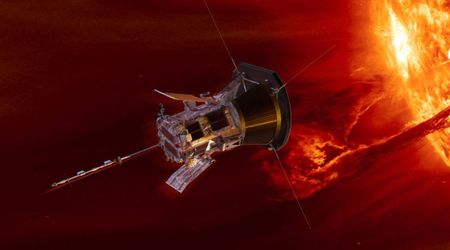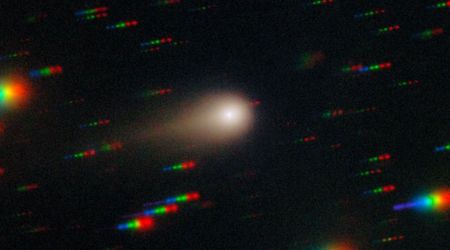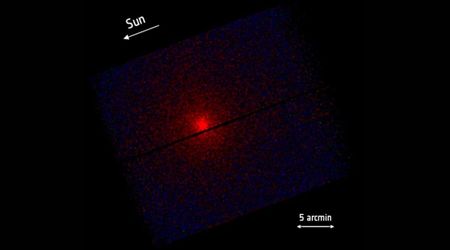NASA’s new SPHEREx mission makes historic observation of interstellar comet 3I/ATLAS
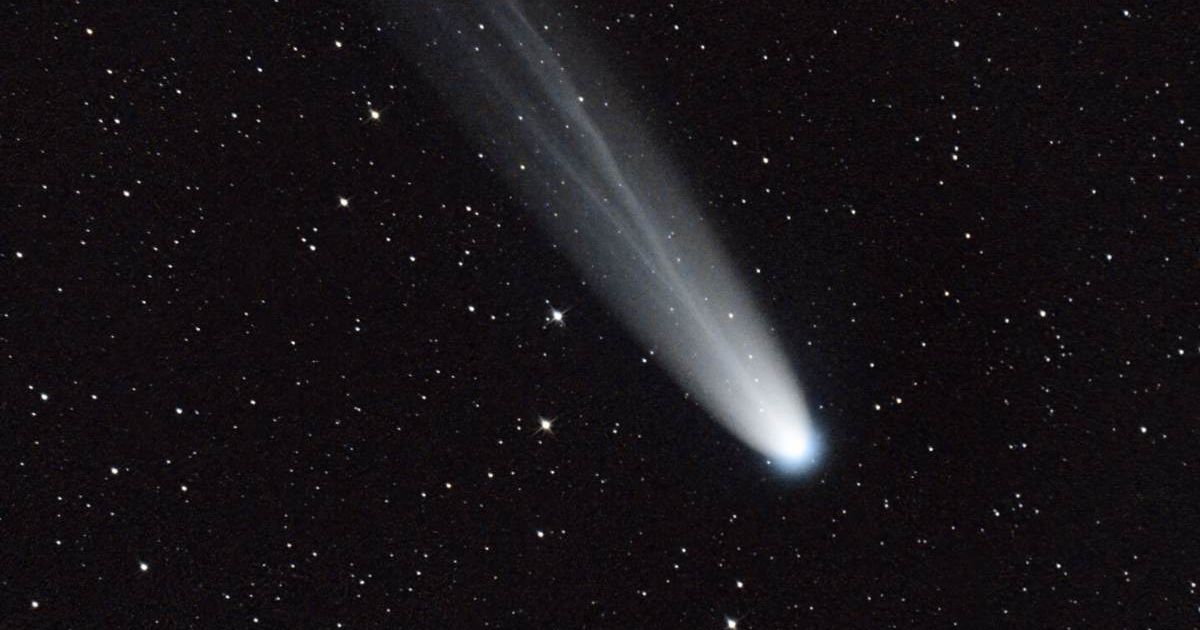
The interstellar comet 3I/ATLAS is a hot topic amongst astronomers, and its latest observer was NASA’s SPHEREx (Spectro-Photometer for the History of the Universe, Epoch of Reionization and Ices Explorer). The observations recorded between August 7, 2025, to August 15, 2025, were analyzed by the SPHEREx team, according to NASA. This was accompanied by the data from NASA’s Webb and Hubble space telescopes that recently observed the comet. The details could reveal much about the size, physical properties, and chemical makeup of the comet.
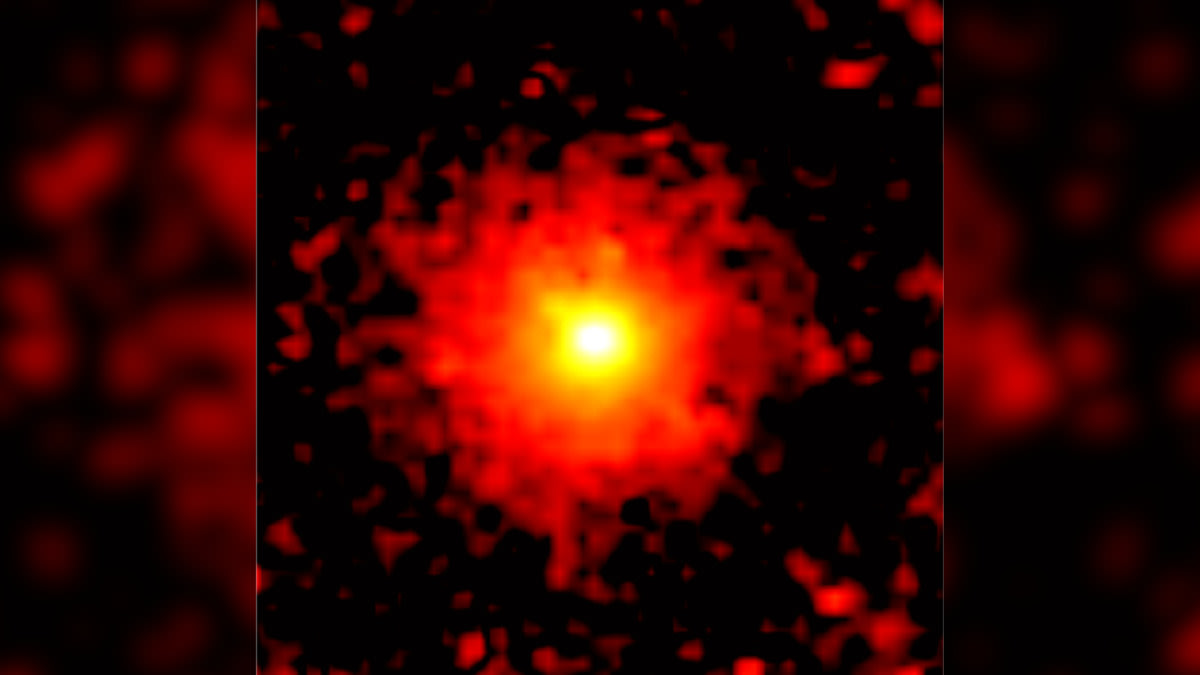
NASA’s space telescopes were at work to support the discovery, tracking, and understanding of objects in the solar system. The interstellar comet posed no threat to our planet and is expected to be at a distance of at least 150 million miles away. According to BBC Sky at Night Magazine, the comet will only be available for a short period to collect data from. It was found by the NASA-funded ATLAS (Asteroid Terrestrial-impact Last Alert System) survey telescope in Rio Hurtado, Chile, on July 1, 2025, and will leave our cosmic neighbourhood soon to journey ahead.
3I/ATLAS is no ordinary comet... it came from beyond our solar system. NASA’s SPHEREx mission recently observed this interstellar visitor, teaming up with @NASAWebb and @NASAHubble, to reveal more about its size, physical properties and chemical makeup: https://t.co/CafpSz7SQF pic.twitter.com/PWOVHRebly
— NASA 360 (@NASA360) August 26, 2025
The SPHEREx team reported online that ‘multi-spectral observations' of the interstellar comet were made. This indicates that the space observatory analyzed the light from 3I/ATLAS to understand its chemical composition. The SPHEREx mission detected carbon dioxide gas in its 'coma' state in abundance, the gassy atmosphere surrounding a comet. It also found water ice in the comet's nucleus, a significant find as the comet was around 290 million miles from the Sun. Comet 3I/ATLAS will be visible till September 2025, after which it will be too close to the Sun.
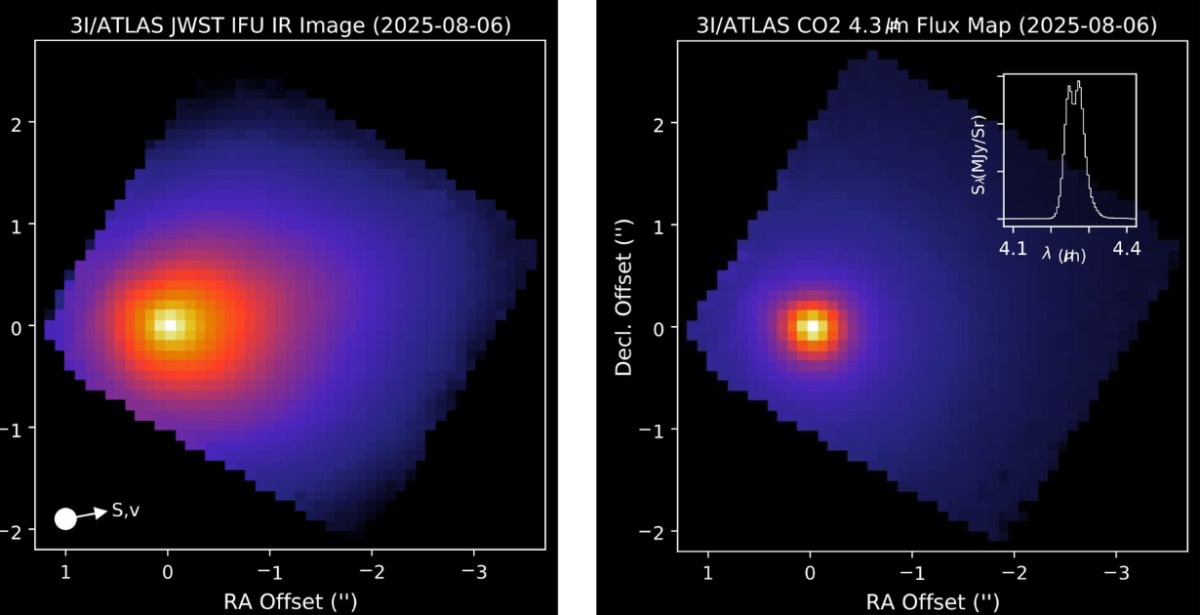
The interstellar comet 3I/ATLAS was observed by NASA’s James Webb Space Telescope on August 6, 2025, according to NASA. The spectral images found the display of a clear coma, and the infrared spectroscopy analyzed its composition in a preprint. This helped identify the primary activity drivers, such as the carbon dioxide domination and enhanced outward gassing. Scientists are using the most powerful scientific observatories to learn more about this strange object before it disappears from Earth’s view. The data might help us learn more about the Universe.
As NASA continues to study the interstellar comet 3I/ATLAS, two space telescopes have made new observations, together providing more information about its size, physical properties, and chemical makeup.@NASAWebb observed the object with its Near-Infrared Spectrograph instrument… pic.twitter.com/LwNd5C4MJI
— NASA Solar System (@NASASolarSystem) August 25, 2025
Our solar system is a temporary home for this frozen ball of dust and ice from deep space, which will be gone soon. After flying too close to the sun, out of Earth’s view, in September, a glimpse will only reemerge in December, according to BBC Sky at Night Magazine. 3I/ATLAS is one of the only three known interstellar objects that have entered our solar system, the others being 1I/ʻOumuamua, discovered in 2017, and 2I/Borisov, found in 2019. NASA’s Hubble Space Telescope and the Gemini North Telescope also looked at the interstellar comet and its features.

Hubble’s observations provided a more accurate estimation of the size of the comet’s solid, icy nucleus. According to NASA, the diameter of the nucleus is 3.5 miles at maximum and could be as small as 1,000 feet across. Despite narrowing down this estimate, the solid heart of the comet is not directly seen, even by Hubble. Hubble also observed a dust plume leaving the Sun-warmed side of the comet, with a consistent dust-loss rate. This object that originated in another solar system is traveling at 130,000 miles per hour, the highest velocity ever recorded for a visitor.
